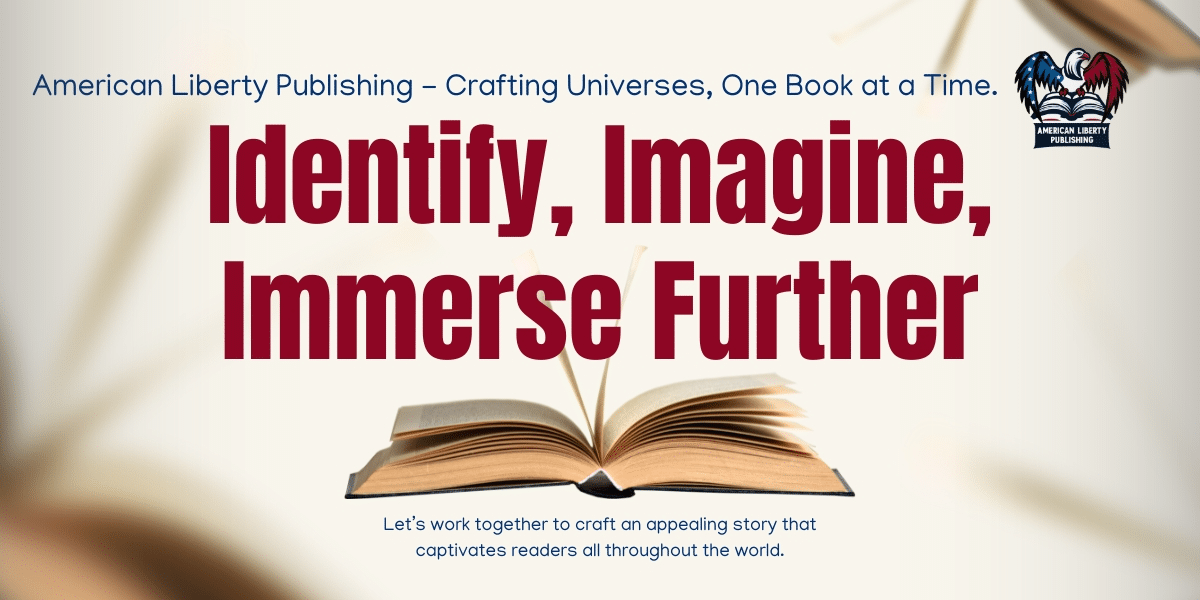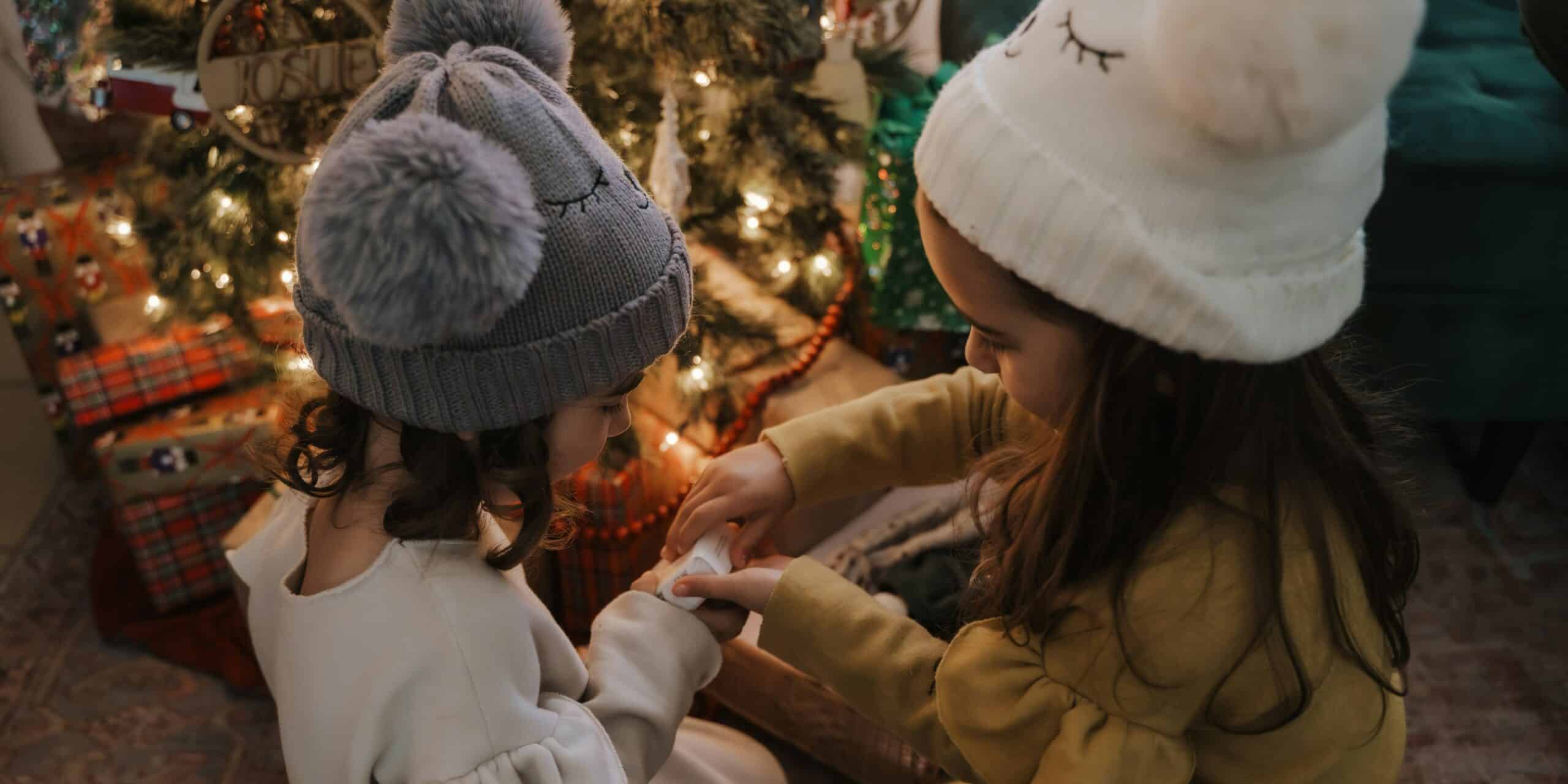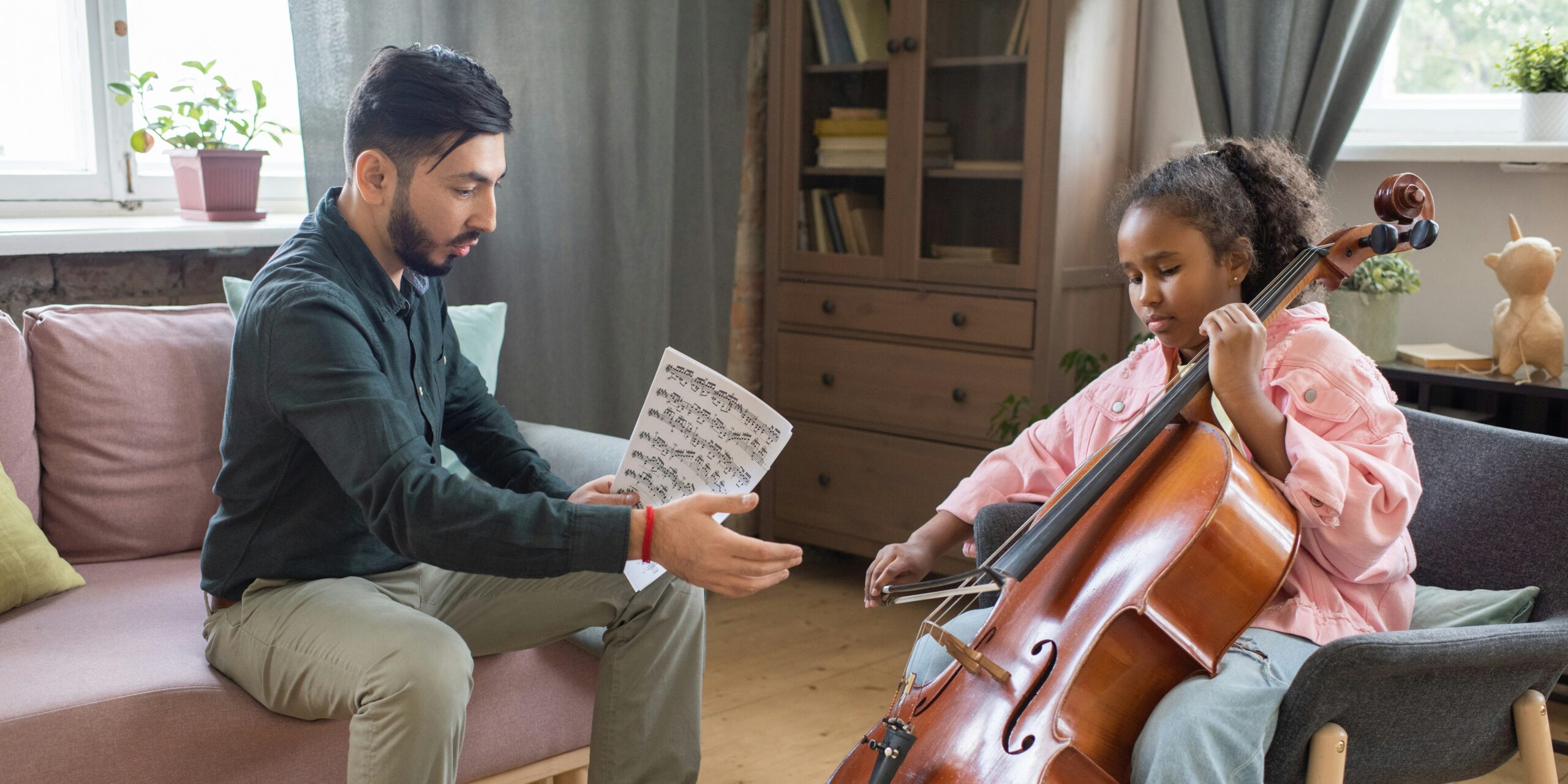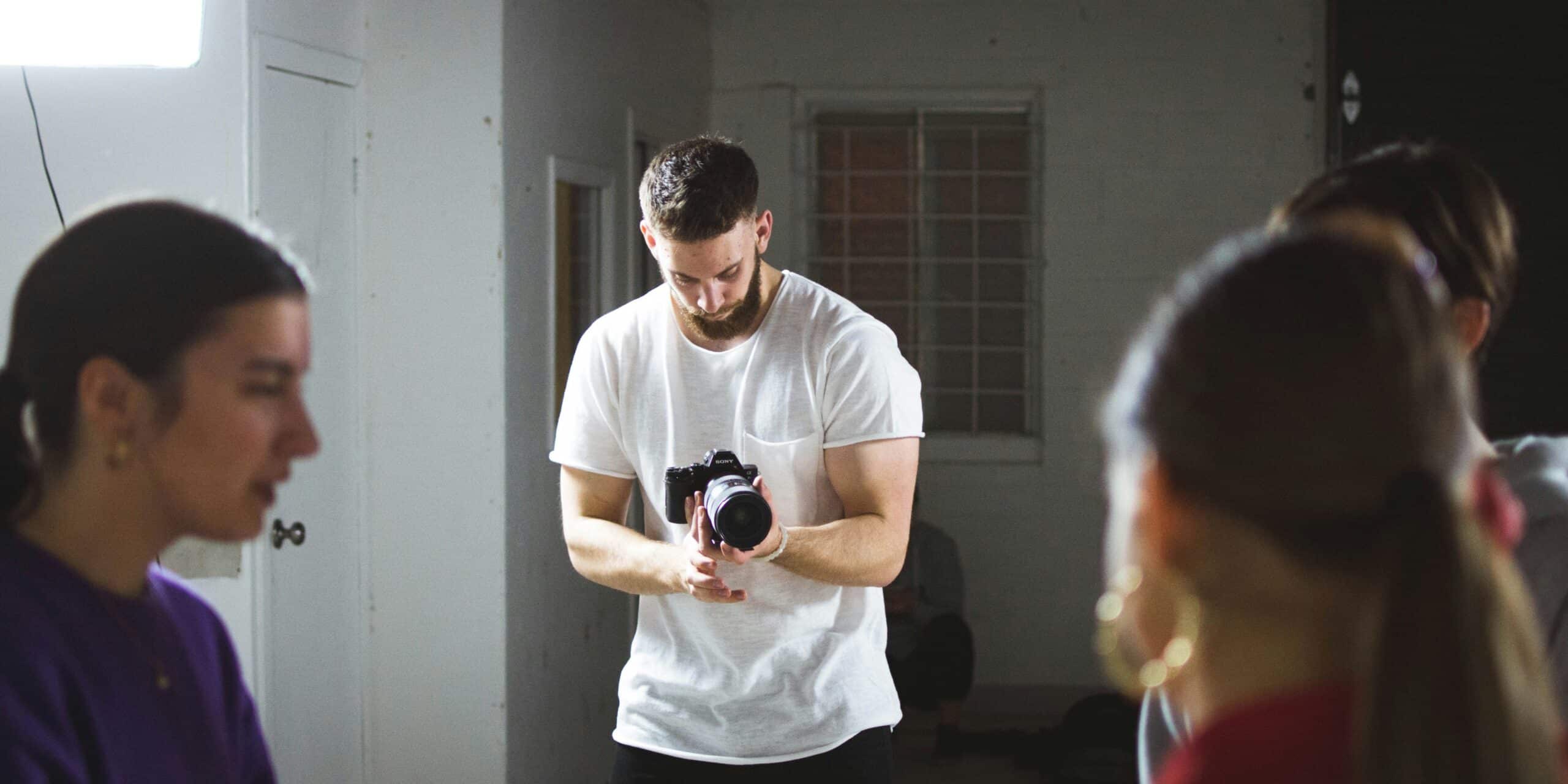Across the United States, cultural festivals have become vibrant showcases of the country’s rich tapestry of traditions and identities. These festivals, celebrated throughout the year, reflect the nation’s diversity, highlighting the many ethnicities, customs, and histories that shape American society. From large metropolitan cities to small towns, cultural festivals offer a unique opportunity to celebrate heritage while fostering community understanding and appreciation.
A Celebration of Heritage and Traditions
Cultural festivals are more than just public celebrations—they embody the stories, struggles, and triumphs that various groups have experienced throughout American history. For many ethnic communities, these festivals are a way to preserve their heritage and pass down traditions to younger generations. Celebrations like Chinese New Year in San Francisco, Diwali in Edison, New Jersey, or Oktoberfest in Milwaukee bring together community members and invite individuals from all backgrounds to experience and appreciate cultural diversity.
The Smithsonian Folklife Festival in Washington, D.C., is one of the premier events that showcases the diversity of cultures in the U.S. Each year, the festival celebrates different cultural traditions through music, dance, food, and crafts. It has become a symbol of cultural preservation and education, attracting visitors from around the globe who witness the U.S. commitment to honoring its diverse cultural roots.
Festivals as a Means of Unity
Cultural festivals also play a crucial role in promoting unity. In a country as diverse as the United States, it is easy for divisions to emerge between different racial and ethnic groups. However, festivals provide a space for these groups to share experiences, build connections, and celebrate mutual respect.
Events like Mardi Gras in New Orleans, which blends French, African, and American traditions, or the Puerto Rican Day Parade in New York City serve as powerful reminders that, while each community may have its own distinct cultural identity, these identities are interconnected in the larger American narrative. At such events, attendees are given a chance to learn about others and embrace the values of inclusion and multiculturalism that define the United States.
The Economic and Social Impact of Festivals
Cultural festivals do more than provide entertainment—they stimulate local economies, attract tourists, and support small businesses. The influx of city visitors during large festivals often increases food, accommodations, and services spending, boosting the local economy.
Additionally, festivals can create long-term positive effects by promoting cultural exchange and understanding. By hosting diverse cultural events, cities position themselves as inclusive and welcoming, drawing in people from all walks of life. These festivals can also have a ripple effect, inspiring individuals to explore other cultures, travel to new destinations, or participate in similar community events.
Looking to the Future
As the U.S. continues to evolve, cultural festivals will remain a testament to the country’s ongoing commitment to celebrating diversity. With each passing year, the diversity of the festival lineup grows, introducing new traditions and voices into the broader cultural conversation. Whether it’s a Native American powwow, a Latino cultural festival, or a Korean harvest festival, each celebration contributes to a greater understanding of the American experience.
In a nation where cultural identity is continually shifting, these festivals serve as anchors, reminding us of where we come from while paving the way for future generations to appreciate the depth and beauty of U.S. diversity. As the U.S. continues to globalize, these festivals are likely to become increasingly important, helping to keep the country’s cultural landscape diverse and vibrant.
Published by: Josh Tatunay
